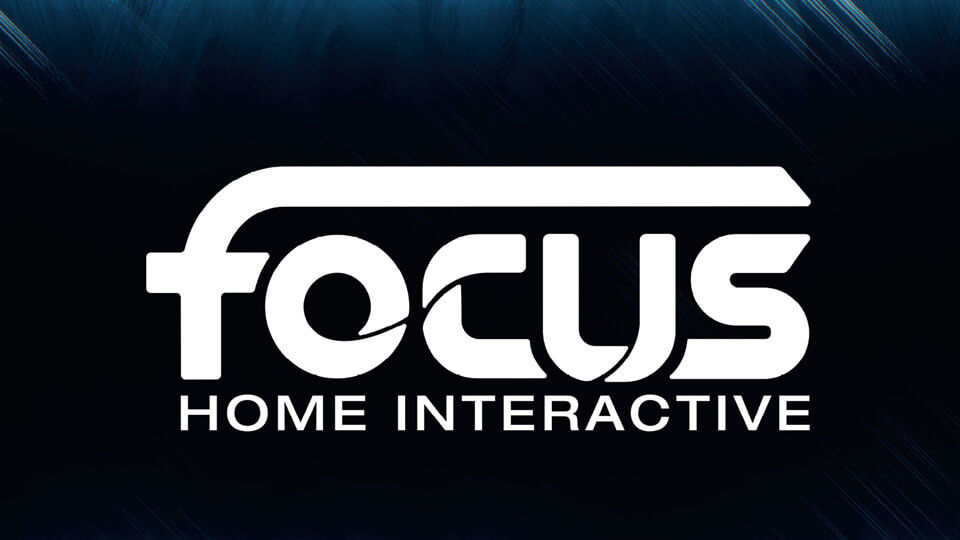The curious case of AA games
- Nicolas Ferron
- Jun 16
- 3 min read
In a previous post, I talked about Ubisoft calling one of its games “AAAA.” While the term is greatly exaggerated, it made me want to explore a related topic, and in particular, the so-called AA games, which happen to be my favorite type of games.
What Does “AA” Even Mean?
Before diving deeper, let’s define what these categories actually mean. There’s no strict definition or budget threshold that officially separates AAA from AA or indie. But I can offer you my own interpretation.
Several criteria come into play. First, there’s obviously the budget. A game published by one of the industry giants like EA or Ubisoft wouldn’t qualify as AA, even though there was a time when both released smaller-scope games, a time that’s long gone. But beyond budget, we also need to consider the scope of the game, the size of the development team, and the marketing efforts behind it.

Why I Love AA Games
So, what’s so enticing about AA games, you may ask?
Well, first, since they have fewer resources, they tend to be more focused. They don’t try to please everyone. Instead, they aim to do one thing, and do it right. There’s usually no checklist of features designed to satisfy investors. This often results in more single-player-focused experiences, without live services or season passes. Most importantly, developers are given more freedom to follow their vision. What we get, in the end, are games born out of passion, made for a specific audience.

A Few Good Publishers
There are publishers and developers that are well known in this category. Focus Entertainment is a great example. They have internal studios like DotEmu and Deck13. We owe them The Surge series. If you’ve read my previous entries, you know I love Soulslike games, and I had a great time with both Surge titles.
These games are a perfect example of a “AA take” on a big genre. The worlds are smaller than what you’d find in Dark Souls or Elden Ring, with fewer bosses and weapons, but that also means the existing content is more distinct and gameplay is more deliberate. You can complete these games in around 20 hours, whereas others in the genre may offer hundreds. But those 20 hours are tight and engaging. The scope was clear, create a fun experience in a compact format, and in my opinion, it was a success.

Reviving Forgotten Genres
Beyond that, AA games often bring back genres we thought were gone or cater to niche audiences. I already mentioned DotEmu, who revived the beat-‘em-up genre that had been dormant for years. They brought Streets of Rage back to life, and arguably delivered the best entry in the series, a franchise that Sega had left untouched since Streets of Rage 3 in 1994. With more than 2 million units sold and a Metacritic average above 80%, it proved that niche games can still find their audience. It’s a risk very few major publishers would take.
Making Games Accessible Without Heavy Financial Pressure
One trend we currently see is the price increase on games. With Nintendo reaching 90 euros for their first-party AAA titles, and Microsoft hitting the 80-euro mark, it’s refreshing to see some publishers and indie studios still making affordable games.
I won’t argue against these prices, development costs have skyrocketed, and that’s understandable. But our salaries haven’t followed the same trend, and not everyone can spend that kind of money on a hobby. Having the choice to access quality games on a lower budget is more important than ever.
Streets of Rage 4, which I mentioned earlier, launched at 25 euros, and it was a smart move. It’s a niche game for a niche audience. Releasing it at 60 euros would have doomed it before launch. This is where smart publishers make a difference.
Tools Are Getting Better, And That Changes Everything
Another reason for optimism is that tools and technology are becoming more accessible than ever. When we see what a small team has accomplished with Clair Obscur: Expedition 33, it’s clear that AA or indie doesn’t have to mean “ugly but smart.” On the contrary, we’re now seeing games that are both beautiful and clever, and this puts pressure on AAA studios to step up their game (pun intended).
A Challenging Industry, A Bright Future
We often read that the gaming industry is in bad shape, with big studios laying off staff and projects being canceled. But on the bright side, it’s never been easier to build your dream game from the ground up.
And on that topic, if you need help with your UX, don’t hesitate to check out my services page.




Comments